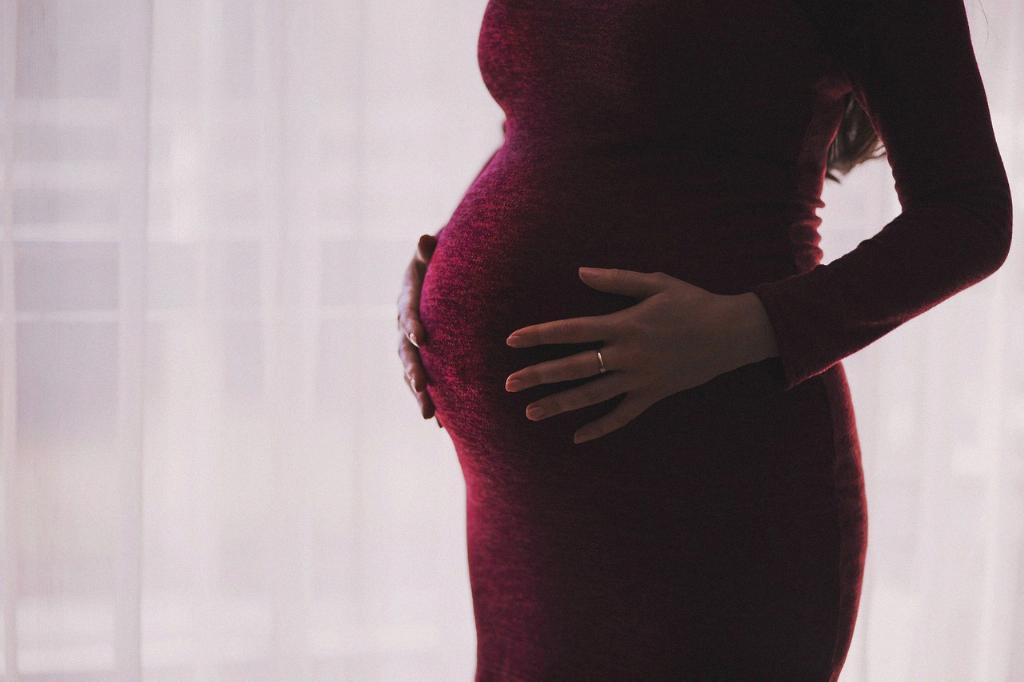Understanding the nuances between pregnancy cramps and period cramps can provide clarity and alleviate anxiety for individuals who may be experiencing similar symptoms but are unsure of the cause.
Understanding Period Cramps
Period cramps, also known as dysmenorrhea, are a common occurrence for individuals who menstruate. These cramps typically occur just before or during a menstrual period and are caused by the uterus contracting to shed its lining. The pain is often felt in the lower abdomen and can range from mild to severe.
Recognizing Pregnancy Implantation Cramps
On the other hand, pregnancy implantation cramps occur when a fertilized egg attaches itself to the uterine lining. These cramps may feel more like a tingling sensation or mild discomfort, rather than the intense pain associated with period cramps. Additionally, pregnancy implantation cramps may be accompanied by other symptoms such as a missed period, food aversions, and swollen breasts.
Timing of Cramps
One key difference between pregnancy cramps and period cramps is the timing. Period cramps typically occur just before or during menstruation, while pregnancy implantation cramps usually occur around a week after conception. Understanding the timing of the cramps can help differentiate between the two.
Duration of Cramps
Period cramps usually last for the duration of the menstrual period, which is typically around 3 to 5 days. In contrast, pregnancy implantation cramps may occur intermittently and last for a shorter duration compared to period cramps.
Intensity of Pain
Another factor to consider is the intensity of the pain. Period cramps can vary in intensity and may be accompanied by other symptoms such as nausea, fatigue, and diarrhea. Pregnancy implantation cramps, on the other hand, are usually milder and do not cause severe discomfort.
Location of Pain
The location of the pain can also help differentiate between pregnancy cramps and period cramps. Period cramps are typically felt in the lower abdomen, while pregnancy implantation cramps may be felt more centrally in the lower abdomen or pelvic region.
Consistency of Cramps
Period cramps often come and go in a regular pattern, corresponding with the menstrual cycle. In contrast, pregnancy implantation cramps may occur sporadically and may not follow a predictable pattern. Understanding the consistency of the cramps can provide further insight.
Additional Symptoms
Aside from the cramps themselves, paying attention to any additional symptoms can be crucial in determining whether the cramps are due to pregnancy or menstruation. Symptoms such as spotting, changes in appetite, mood swings, and breast tenderness can be indicative of pregnancy implantation rather than period cramps.
Getting a Pregnancy Test
If there is uncertainty regarding the cause of the cramps, taking a pregnancy test can provide definitive answers. Pregnancy tests can detect the presence of a hormone called human chorionic gonadotropin (hCG), which is produced during pregnancy. This can help confirm whether the cramps are indeed due to pregnancy implantation.
Consulting a Healthcare Provider
If the cramps persist or are accompanied by concerning symptoms, it is advisable to consult a healthcare provider for further evaluation. A healthcare provider can conduct tests, such as blood tests or ultrasounds, to determine the cause of the cramps and provide appropriate guidance and care.
Conclusion
In conclusion, being able to differentiate between pregnancy cramps and period cramps requires paying attention to factors such as timing, duration, intensity, location, consistency, and additional symptoms. By understanding these distinctions and seeking appropriate healthcare guidance when needed, individuals can better navigate their symptoms and make informed decisions regarding their reproductive health.

